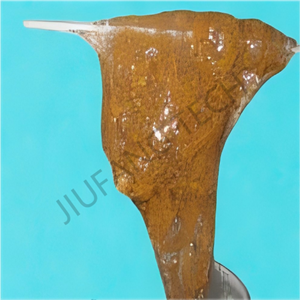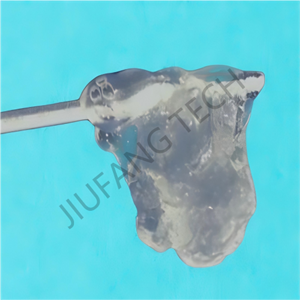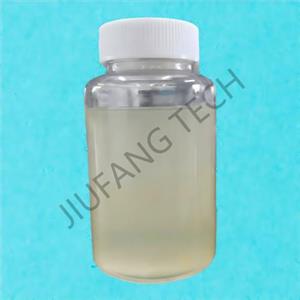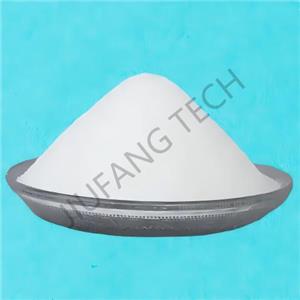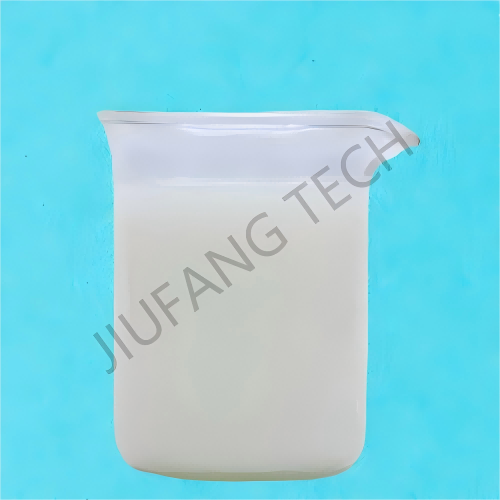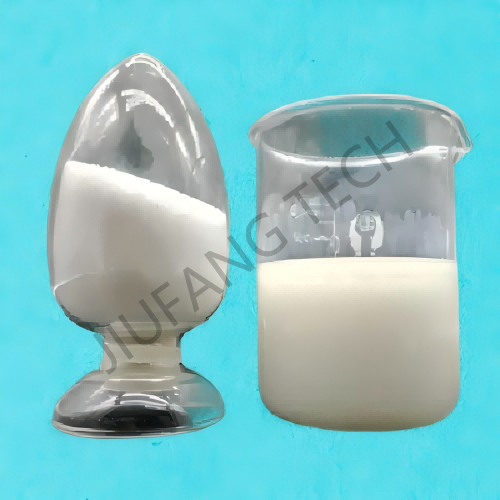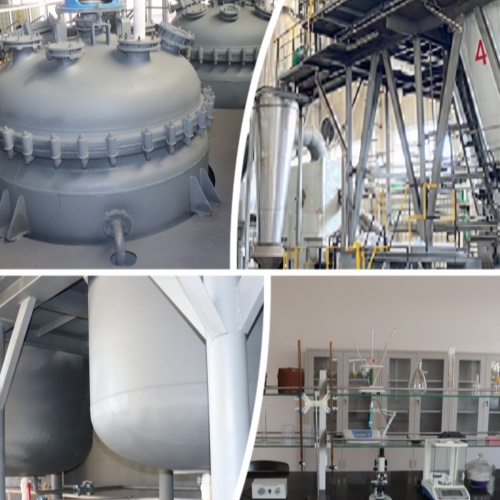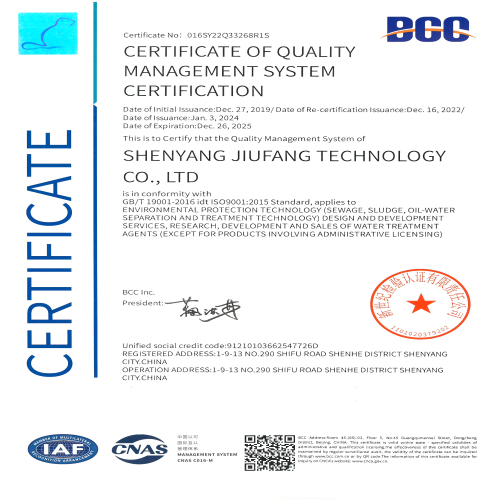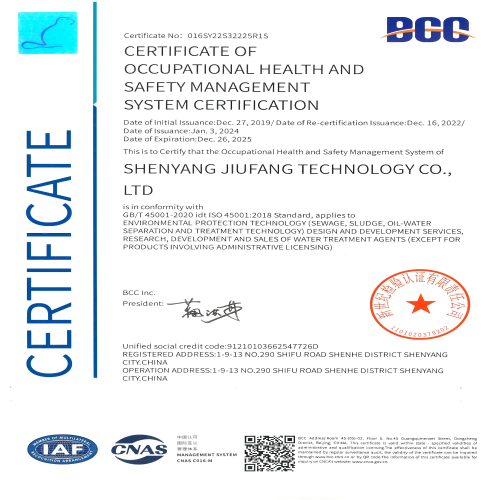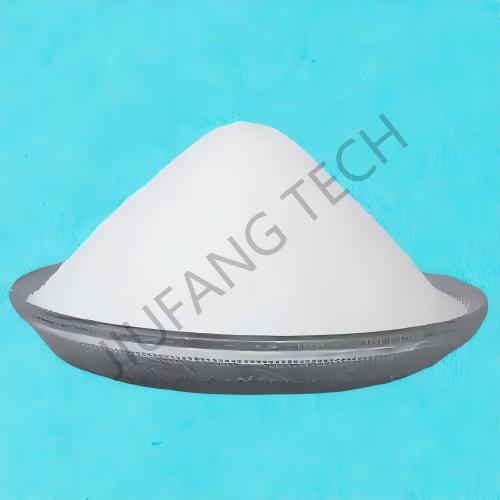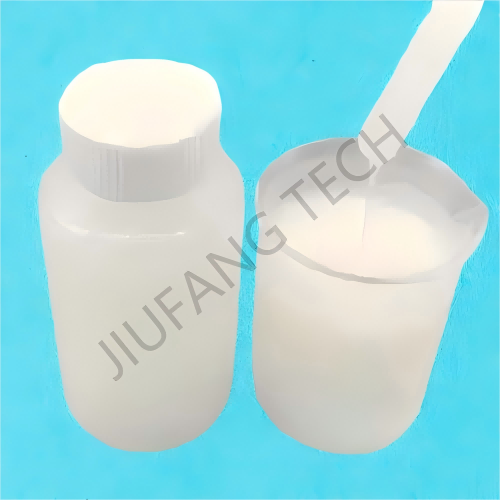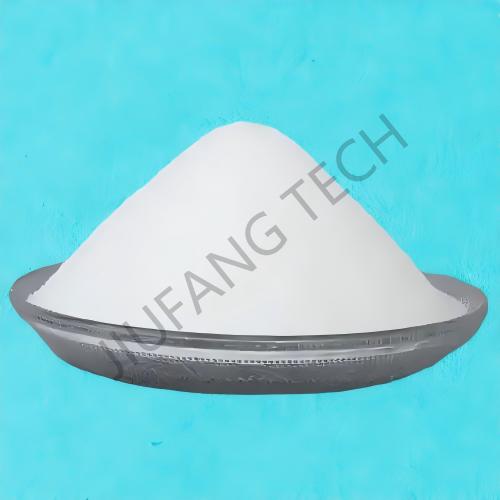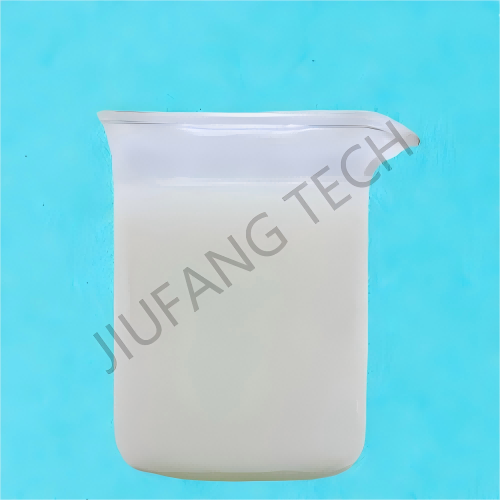
Cationic PAM Emulsion For Oily Wastewater In Oilfield
Brand Jiufang
Product origin Shenyang
Delivery time Lead time: 7days
Supply capacity 2000Metric Tons per Month
1. Oilfield PAM (Polyacrylamide)--Cross linked polymer
2. Emulsion polyacrylamide(Oilfield chemical cationic emulsion)--High activity content
3. Cationic polyacrylamide in oilfield--High cationic degree
4. Cationic emulsion for oily wastewater in oilfield is used in dewatering process.
Download
Cationic Polyacrylamide in oilfield (CPAM), as an efficient cationic polymer flocculant, plays a crucial role in the dewatering treatment of oily sludge. Its mechanism of action and effects are closely related to the characteristics of the oily sludge and its own structure, as follows:
1. Characteristics and Dewatering Difficulties of Oily Sludge
Oily sludge is a complex mixture generated during processes such as oil exploitation, refining, and chemical engineering. It is mainly composed of an oil phase (crude oil, emulsified oil, dispersed oil), a water phase (free water, bound water), and a solid phase (sand, organic matter particles, etc.).
The main difficulties in its dewatering are as follows:
1).High Particle Stability: The surfaces of solid phase particles often carry negative charges due to the adsorption of grease or electrolytes. The strong electrostatic repulsion between particles makes it difficult for them to aggregate naturally.
2). Obstruction of Grease: Grease (especially emulsified oil) forms an "oil film" on the surface of particles, hindering the separation of particles from water. At the same time, it reduces the fluidity and filterability of the sludge.
3). Tightly bound Water: Part of the water exists in the form of bound water (such as adsorbed water, capillary water) in the particle gaps or wrapped in grease. Conventional physical dewatering methods (such as pressure filtration) are difficult to effectively remove it.
2. Specific Embodiments of Dewatering Effects In the treatment of oily sludge, the application of oilfield chemical cationic emulsion can significantly improve the dewatering performance, specifically manifested as follows:
1). Reduction of Sludge Moisture Content: After flocculation with oilfield PAM, the sludge flocs are compact. The moisture content of the filter cake after pressure filtration or centrifugation can be reduced from 85%-95% to 60%-80%.
2). Improvement of Dewatering Efficiency: The improved floc structure enhances the filterability of the sludge, shortens the filtration time, and increases the processing capacity per unit time.
3). Improvement of Filter Cake Properties: The toughness of the filter cake is increased, making it less likely to stick to the filter cloth and reducing the cost of subsequent treatment (such as transportation, landfill, incineration).
4). Purification of Filtrate: The flocculation process can adsorb and remove some grease and suspended particles, reducing the COD and turbidity of the filtrate and alleviating the pressure of subsequent sewage treatment.
3. Key Factors Affecting Dewatering Effects
1). Selection of polyacrylamide water treatment: It is necessary to select an appropriate cationic degree (usually 20%-60%) and molecular weight (medium high molecular weight is more conducive to bridging) according to the grease content and particle charge density in the sludge. For sludge with a high grease content, it may be necessary to use oilfield PAM with a low molecular weight and a high cationic degree to enhance the demulsification and charge - neutralization abilities.
2). Dosage of oilfield PAM: If the dosage of oilfield PAM is insufficient, the flocculation is incomplete, and the dewatering effect is poor. Excessive dosage of oilfield PAM may cause the particles to be completely wrapped by oilfield PAM molecules, resulting in a "colloid-protection" effect that hinders the formation of flocs. The optimal dosage of oilfield PAM needs to be determined through jar tests (usually 0.1‰-1‰ of the dry weight of the sludge).
3). pH Value: Oilfield PAM has a high degree of ionization of cationic groups under neutral to weakly acidic conditions, resulting in a better effect. A strongly alkaline environment may cause the inactivation of cationic groups, so it is necessary to adjust the pH of the sludge in advance.
4). Stirring Conditions: After dosing, appropriate stirring (avoiding severe shearing to damage the flocs) is required to ensure uniform mixing of oilfield PAM and the sludge and to give full play to its role.
4. Practical Application
Cationic emulsion for oily wastewater in oilfield polyacrylamide is widely used in the dewatering treatment of oily sludge in oilfields, bottom sludge in refineries, and oily sludge in coal chemical industries. It is often used in conjunction with equipment such as plate and frame filter presses, belt filter presses, and horizontal spiral centrifuges.
It is one of the key auxiliaries for the reduction and harmless treatment of oily sludge.
| Name | Oilfield PAM Emulsion | |||
| Chemical Formula | (C3H5NO)n | |||
| CAS NO. | 9003-05-8 | |||
Other Attributes
| Appearance | Oilfield PAM Emulsion | |||
| Activate Content | 48% | |||
| Viscosity Range(ml/g) | 1200~1600 | |||
| Residue | 0.12% | |||
| Insoluble Substance(%) | 0.1 | |||
| Cationic Charge | 80% | |||
| Dissolving Time,min | 40 | |||
| Storage Temperature,℃ | 0~35 | |||
| Shelf Life,month | 12 | |||
Supply Ability
| Supply Ability | 2000Metric Tons per Month | |||
Lead Time
| Quantity(kilograms) | 1~50 | >50 | |
| Lead Time(days) | 7 | negotiated | |

